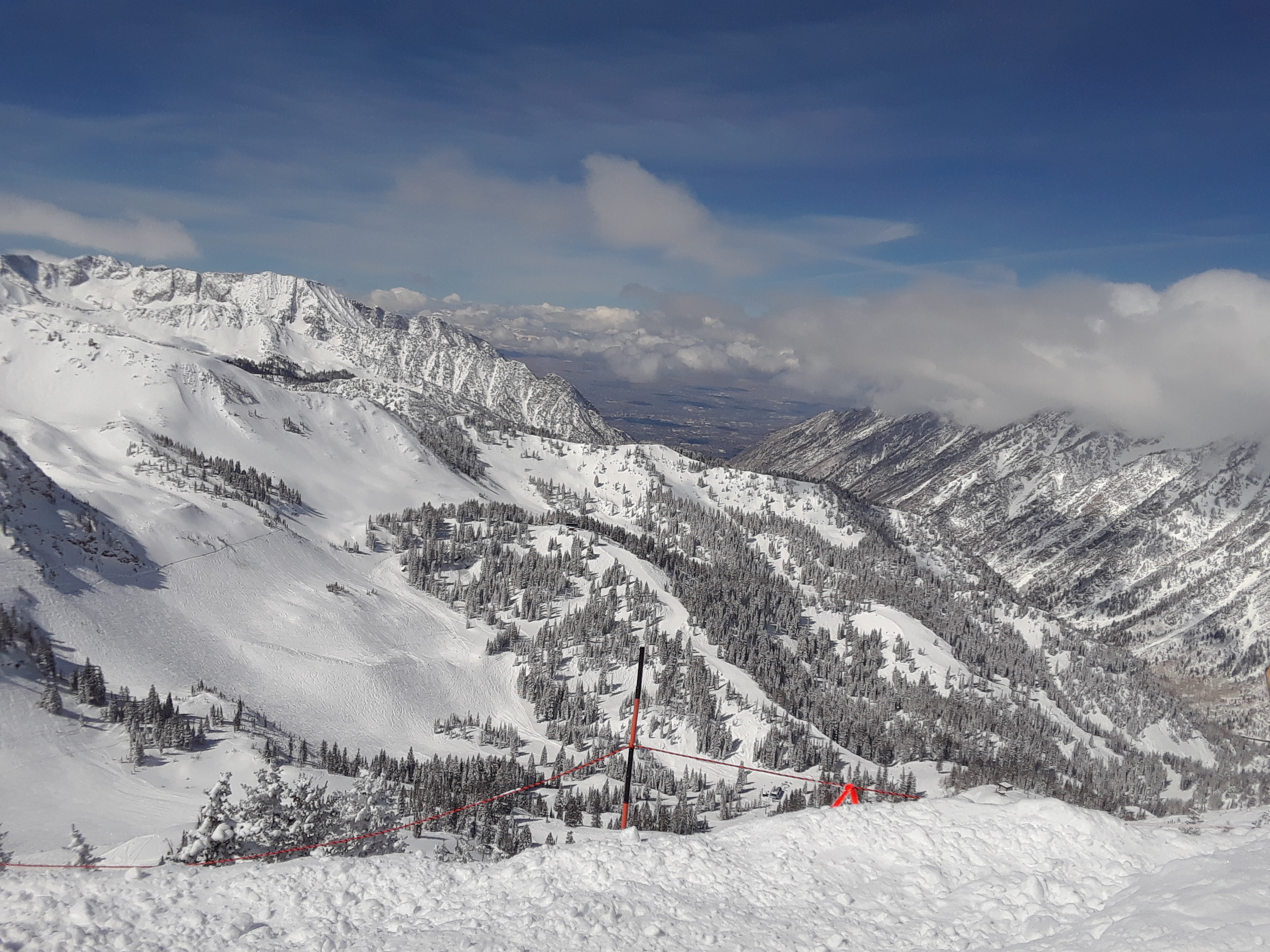Galaxy clusters
Optical image of a galaxy cluster 
Optical image of a galaxy cluster 
Nice mountain peaks in Italian Alps
Pretty snowcapped mountains 
Sundown in Tucson 
Published in Journal 1, 2009
This paper is about the number 1. The number 2 is left for future work.
Recommended citation: Your Name, You. (2009). "Paper Title Number 1." Journal 1. 1(1). http://academicpages.github.io/files/paper1.pdf
Published in Journal 1, 2010
This paper is about the number 2. The number 3 is left for future work.
Recommended citation: Your Name, You. (2010). "Paper Title Number 2." Journal 1. 1(2). http://academicpages.github.io/files/paper2.pdf
Published in Journal 1, 2015
This paper is about the number 3. The number 4 is left for future work.
Recommended citation: Your Name, You. (2015). "Paper Title Number 3." Journal 1. 1(3). http://academicpages.github.io/files/paper3.pdf
Published in , 2019
This is a list of papers related to calibrating weak lensing shear.
Published:
I attended the brainstorm meeting about GREAT4 and presented my work on the ongoing KiDS shear calibration and the CCCP shear calibration. Discussed at the meeting were the requirements for shear calibration for ongoing large area optical surveys and possibilities for another community-wide shear calibration challenge.
Published:
I attended the GravLens meeting in Leiden, The Netherlands. This meeting was held to discuss the past century since the theory of general relativity was first postulated. I presented a talk on the shear measurement algorithm SNAPG which I had just published.
Published:
I attended the SnowCluster meeting in Snowbird, Utah. SnowCluster is a conference on the physics of galaxy clusters in theoretical simulations and multiwavelength observations. I presented a talk on the progress of weak lensing masses for a sample of 100 clusters and the difficulty in obtaining accurate mass estimates with weak lensing when statistical errors are decreasing.
Published:
During my visit to a collaborator at Stanford I discussed my ongoing work on weak lensing masses and scaling relations.
Published:
During my visit to IPMU in Tokyo, Japan I presented my ongoing work on weak lensing masses for 100 clusters and the scaling relations with baryonic observables.
Published:
I attended the meeting in Sesto, Italy. Tracing cosmic evolution with clusters of galaxies is a conference on the physics of galaxy clusters in theoretical simulations and multiwavelength observations. I presented a talk on the progress of weak lensing masses for a sample of 100 clusters and the difficulty in obtaining accurate mass estimates with weak lensing when statistical errors are decreasing. I specifically addressed selection biases that may arise when the selection of the clusters depends on the orientation of the halo.
Published:
As a member of LSST-DESC I attended the collaboration meeting held at the University of Arizona in Tucson, Arizona at the end of January 2020. The meeting was an occasion for all members to update on ongoing work related to science that is directly related to operations of the Vera C. Rubin Telescope or of general interest to the science goals.
Published:
The astronomy department at the Stony Brook University has monthly open nights for the public where a resident astronomer talks about his/her work or recent developments in astronomy. I discussed what galaxy clusters are, how they are found in observations and how they are interesting objects from a cosmological perspective. Then I went into more detail how cluster masses may be measured with gravitational lensing. Deep photometric observations of the cluster are required to obtain accurate shape measurements and reliable photometric redshift estimates. Finally I described what sources of systematic uncertainty have to be taken into account.
Published:
I was invited to give a talk at Brown University, Providence, RI, for the Astrophysics and Cosmology group, but due to the pandemic, it got moved to a zoom talk instead. I presented a talk on how to use galaxy clusters as cosmological probes and focused on the recent papers https://arxiv.org/pdf/1910.07664.pdf and https://arxiv.org/pdf/1912.04414.pdf.
Published:
Invited talk for the Cluster Cosmology group of the Observatory of Trieste.
First year bachelor astronomy course, Leiden University, Leiden Observatory, 2013
For 4 years I was teaching assistent for the course Planetenstelsels (Planetary systems, but it was taught in Dutch). I and the other TAs devised simple Python scripts about planetary motions that were the some of the first interactions with Python for the students. As well as a neat interactive plot that showed planets moving around in a solar system, which wasn’t as simple to explain.